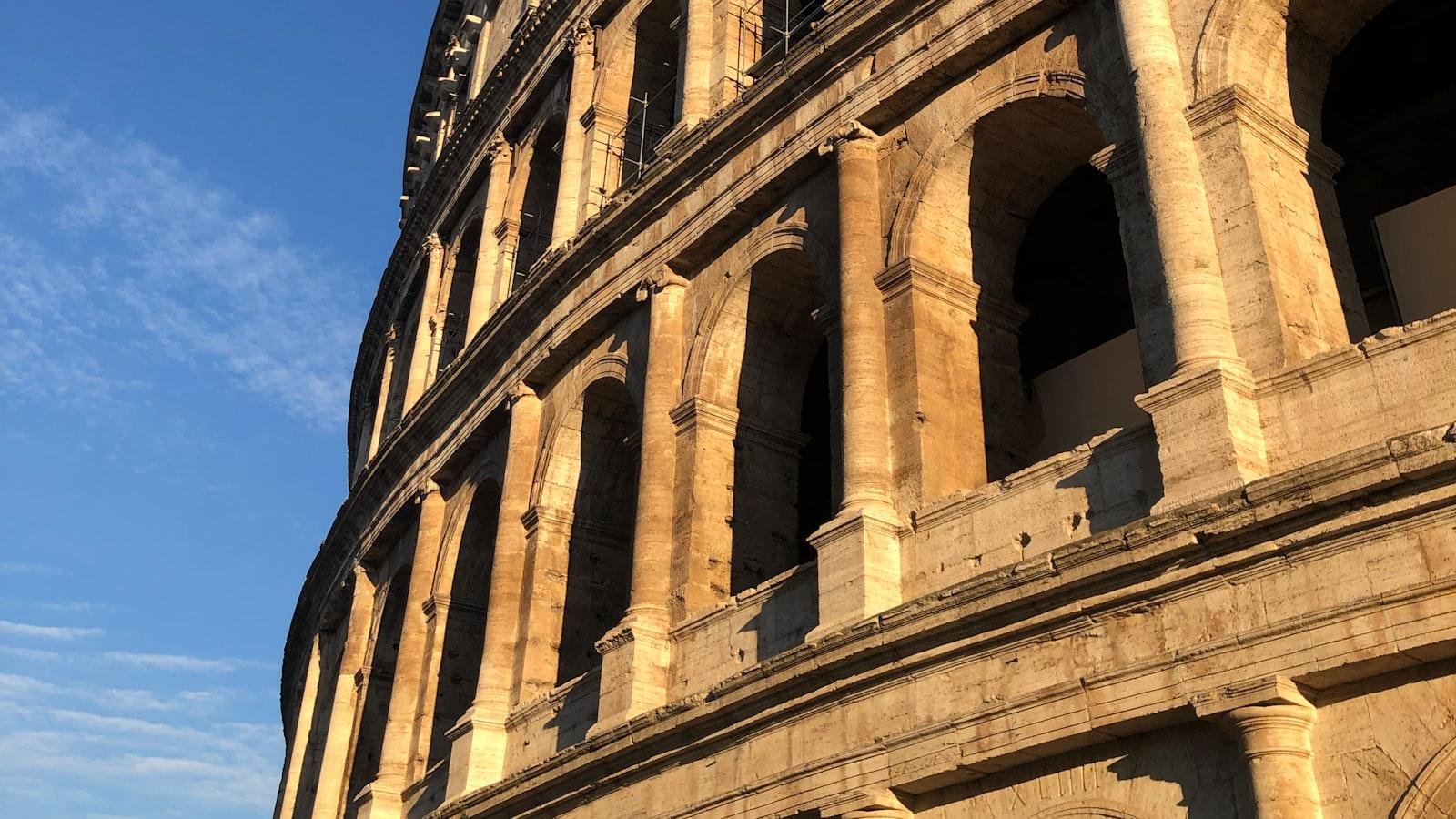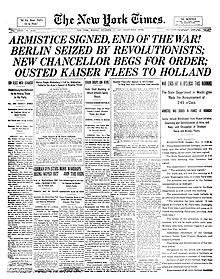In the vibrant tapestry of Sudanese culture, one can find a symphony of languages that weave together to create a truly unique melodic experience. These languages, each with its own rich history and nuances, come together to form the intricate patterns that define the linguistic landscape of Sudan. Join us as we explore the diverse sounds and rhythms of Sudanese languages, and delve into the harmonious blend that makes up this captivating tapestry.
Introduction: Exploring the Rich Soundscape of Sudanese Languages
Sudanese languages are a beautiful and diverse array of linguistic treasures that form the rich tapestry of Sudanese culture. From the rhythmic chants of Nubian to the melodious tunes of Fur, each language carries its unique tones and rhythms that reflect the country’s vibrant heritage.
Through this exploration, we will delve into the melodic nuances of Sudanese languages, uncovering the hidden gems of expression and communication that make each dialect a unique piece of the linguistic puzzle. Join us as we embark on a journey through the soundscape of Sudan, discovering the beauty and complexity of these captivating languages.
Harmony in Diversity: Examining the Unique Tones and Rhythms of Sudanese Dialects
Sudanese dialects emanate a rich and diverse tapestry of sounds, reflecting the country’s multicultural heritage. Each dialect carries its own unique tones and rhythms, contributing to the harmonious blend of languages spoken in Sudan. From the melodious cadence of the Kordofanian languages to the rhythmic flow of the Arabic dialects, Sudanese languages showcase the beauty of linguistic diversity.
Exploring the intricate nuances of Sudanese dialects reveals a fascinating array of linguistic features, including distinct phonetic sounds and grammatical structures. The use of unique vocabulary and idiomatic expressions in each dialect adds depth to the communication styles of Sudanese speakers. Despite the variations in pronunciation and intonation, the underlying essence of unity among Sudanese languages highlights the power of diversity in creating a harmonious linguistic landscape.
Musical Influences in Language: Discovering the Lyrical Qualities of Sudanese Speech
Exploring the rich cultural heritage of Sudan, one cannot help but be captivated by the melodic tapestry of Sudanese languages. Each word spoken seems to flow like a song, with lyrical qualities that resonate with the soul. From the rhythmic cadence of colloquial Arabic to the poetic verses of indigenous languages like Nubian and Beja, the musical influences in Sudanese speech are undeniable.
The diverse linguistic landscape of Sudan offers a unique glimpse into the intertwined relationship between music and language. The tonal variations, expressive intonations, and intricate rhythms found in Sudanese speech mirror the complex harmonies of traditional Sudanese music. Just as a symphony is made up of different instruments playing in harmony, the various languages of Sudan come together to create a beautiful fusion of sounds that captivate and inspire.
Preserving Sudanese Melodies: Strategies for Safeguarding Linguistic Heritage
Sudanese melodies are a rich and diverse tapestry woven from the linguistic heritage of the country. From the rhythmic beats of traditional drums to the haunting melodies of ancient string instruments, these musical traditions have been passed down through generations, carrying with them the stories and emotions of the Sudanese people. To preserve these melodies for future generations, it is essential to implement strategies that safeguard the linguistic heritage of Sudan.
One strategy for preserving Sudanese melodies is to document and record. By capturing these musical traditions in audio and video recordings, researchers and musicians can ensure that the intricate rhythms and melodies are preserved for years to come. Additionally, creating archives of Sudanese linguistic heritage, including song lyrics and translations, can help to maintain the cultural significance of these melodies. Through education and outreach programs, communities can also be engaged in the preservation efforts, fostering a sense of pride and ownership in their linguistic heritage.
Concluding Remarks
As we unravel the intricate melodic tapestry of Sudanese languages, we are reminded of the rich diversity and beauty that exists within the linguistic landscape of Sudan. From the rhythmic sounds of Nubian to the lyrical tones of Fur, each language weaves its own unique pattern into the cultural fabric of this vibrant nation. As we continue to explore and celebrate the linguistic heritage of Sudan, may we always listen with open hearts and minds to the harmonious symphony of voices that make up this extraordinary tapestry. Join us on this journey of discovery and appreciation, as we delight in the melodic wonders of Sudanese languages.




